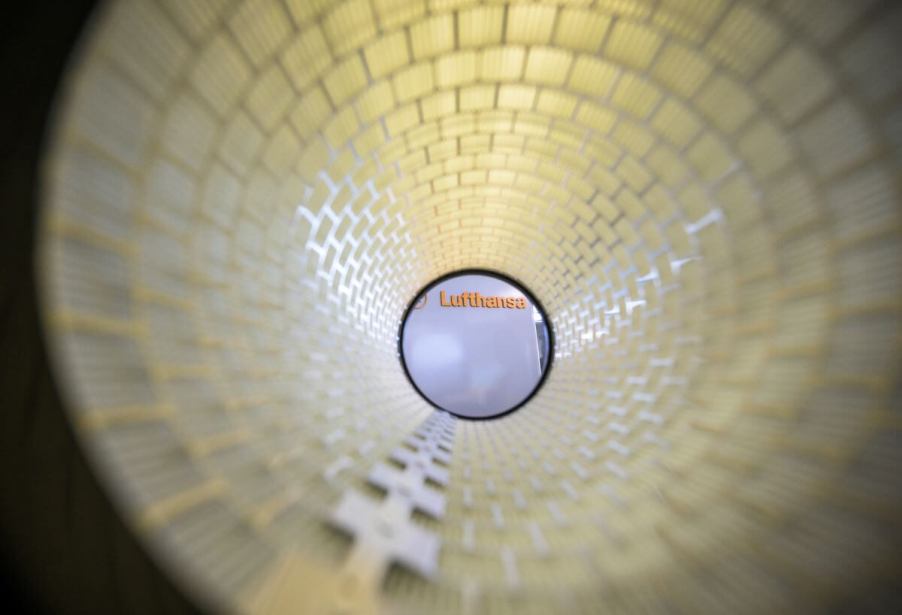
What Is a HEPA Cabin Air Filter?
As we have recently seen, the United States East Coast was enveloped in wildfire smoke, leading to some of the worst air quality ever experienced in that region. This impacted the air we breathe and affected vehicles and their air filtration systems.
So, how can you protect yourself and consider car safety when driving in these conditions? The answer may be found in a piece of technology known as a HEPA filter.
So, what exactly is a HEPA filter?
ABC27 reports that the particulate matter in wildfire smoke can clog a car’s air filter and result in potential engine damage if not addressed promptly. According to Pure Flow Air, a HEPA (High Efficiency Particulate Air) cabin filter is designed to remove a high percentage of particles in the air, including dust, pollen, soot, and smoke. While standard car filters can block larger particles, HEPA filters go a step further. They can trap particles as small as 0.3 micrometers in size at 99.97% efficiency. This means HEPA filters can effectively capture a significant amount of harmful particles in wildfire smoke that might otherwise infiltrate your vehicle’s interior.
Importantly, the benefits of a HEPA cabin filter extend beyond simply protecting the car’s engine. Trapping microscopic particulates from the air gives the driver and passengers cleaner, healthier air to breathe inside the vehicle. This is particularly crucial during periods of poor air quality, like during a wildfire event.
Other precautions to take for traveling with bad air quality
In addition to using a HEPA filter, there are several other precautions to consider when traveling in conditions with poor air quality or wildfire smoke. One of these is to adjust your vehicle’s ventilation system settings. Typically, car ventilation systems have a setting that allows you to recirculate the air inside the cabin instead of pulling in fresh air from outside. During a smoke event, using this recirculation setting is advisable to prevent smoky air from entering the vehicle.
Wearing a mask can also provide additional protection. Masks like the N95 or P100 can filter out harmful particles from the air, offering further defense against the hazards of wildfire smoke. Remember, the particulate matter in wildfire smoke can linger in the air for days after the visible smoke has dissipated.
You should also equip your car with an emergency kit. Wildfire smoke can significantly reduce visibility, increasing the risk of accidents. An emergency kit with essentials like bottled water, non-perishable food, a flashlight, and a basic first aid kit can be invaluable if you get stranded or in an accident.
Additionally, fog lights or low-beam headlights should be used during smoke events as they can increase your visibility to other drivers. In contrast, regular headlights can create glare in heavy smoke, making it harder for other drivers to see you and for you to see much at all.
Protecting your health and vehicle in wildfire conditions
By taking these precautions, including using a HEPA filter, you can mitigate the risks associated with driving in conditions of poor air quality caused by wildfires. The aim is to protect not just your vehicle but also the health of you and your passengers.




